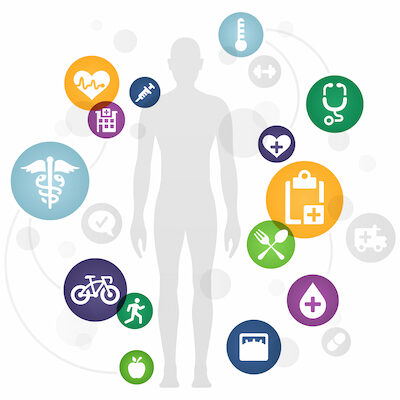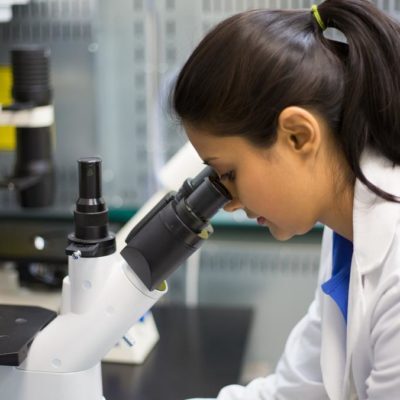Introduction to Biostatistics
Introduction to Biostatistics
Biostatistics is a branch of statistics that focuses on the application of statistical methods and techniques to biological, biomedical, and health-related data. It plays a fundamental role in medical research, public health, clinical trials, epidemiology, and various other areas of the biological and health sciences. Biostatistics involves the collection, analysis, interpretation, and presentation of data to draw meaningful conclusions and make informed decisions.
Here is an introduction to the key concepts and applications of biostatistics:
- Study Design: Biostatistics helps in designing studies and experiments to address specific research questions. It assists in determining sample sizes, defining appropriate study populations, and selecting appropriate data collection methods.
- Data Collection: Biostatisticians guide the process of data collection, ensuring that data is collected in a standardized and reliable manner. They help develop data collection instruments, design surveys, and establish protocols for data collection.
- Descriptive Statistics: Descriptive statistics involve summarizing and presenting data in a meaningful way. This includes measures of central tendency (e.g., mean, median), measures of variability (e.g., standard deviation, range), and graphical representations (e.g., histograms, box plots) to describe and visualize data characteristics.
- Probability: Probability theory forms the foundation of biostatistics. It deals with the likelihood of events occurring and helps in quantifying uncertainty. Biostatisticians use probability distributions to model random variables, such as the normal distribution for continuous data or the binomial distribution for categorical data.
- Statistical Inference: Statistical inference involves drawing conclusions or making inferences about a population based on sample data. It includes estimation and hypothesis testing. Estimation aims to determine population parameters based on sample statistics, while hypothesis testing involves making decisions or testing hypotheses about population characteristics.
- Study Analysis: Biostatisticians analyze data using appropriate statistical methods to address research objectives. They select and apply statistical tests, regression models, survival analysis, and other techniques to identify relationships, assess treatment effects, examine associations, and explore patterns in the data.
- Clinical Trials: Biostatistics plays a crucial role in the design and analysis of clinical trials, which are rigorous studies conducted to evaluate the safety and effectiveness of medical interventions. It helps in determining sample sizes, randomization procedures, blinding methods, and statistical analysis plans for clinical trials.
- Epidemiology: Biostatistics is closely intertwined with epidemiology, the study of disease patterns, risk factors, and the distribution of health outcomes in populations. Biostatistical methods are used to analyze epidemiological data, estimate disease prevalence and incidence rates, identify risk factors, and evaluate interventions.
- Data Interpretation and Reporting: Biostatisticians assist in interpreting study findings, assessing the statistical significance of results, and communicating results effectively to researchers, clinicians, policymakers, and the public. They contribute to scientific publications, research reports, and presentations.
- Statistical Software: Biostatistical analysis is often facilitated by the use of specialized statistical software packages such as R, SAS, SPSS, or Stata. These software tools provide a wide range of statistical methods and data manipulation capabilities to assist in data analysis.
Biostatistics provides a quantitative framework for analyzing and interpreting biological and health-related data. It helps researchers and decision-makers make evidence-based decisions, evaluate interventions, identify risk factors, and improve public health outcomes.
You may be interested in the programs below:



